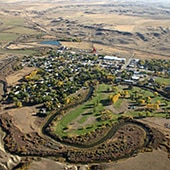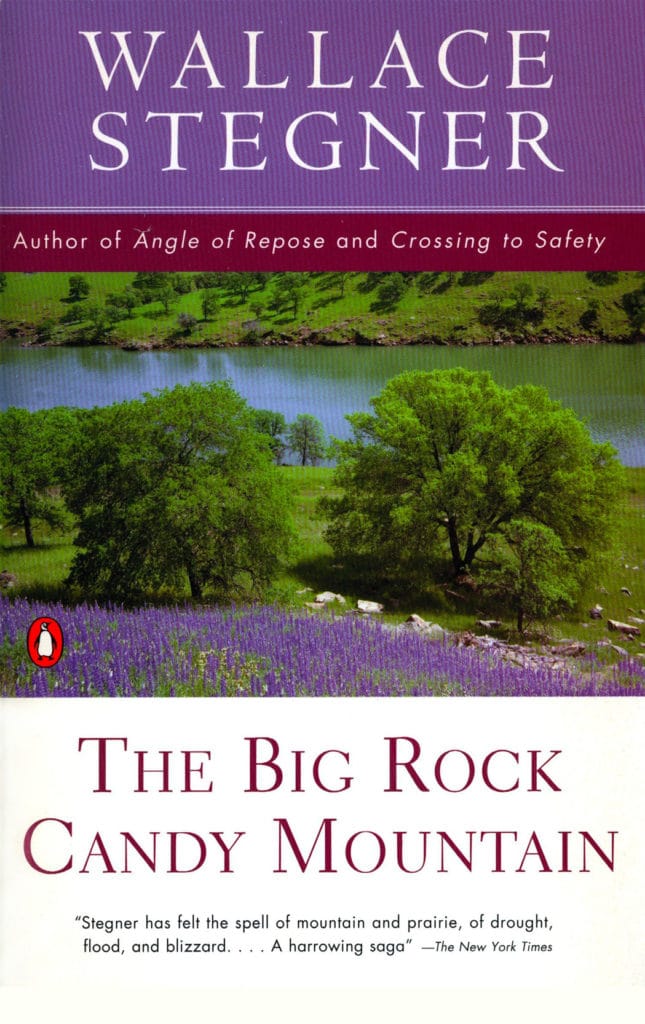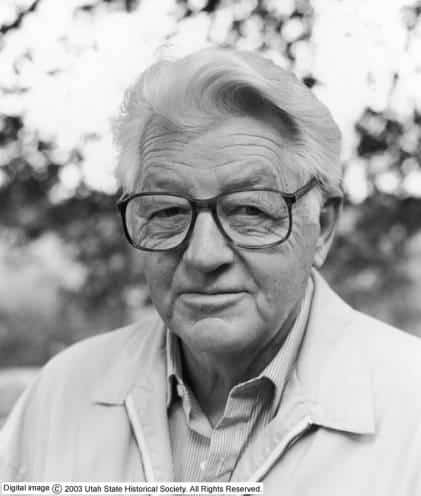The Big Rock Candy Mountain: Eastend (Whitemud)
In summer it was the farm, and freedom and loneliness and the clean sharpening of the senses, the feeling of strong personal identity in the midst of a wide, cleanly-bounded world; but the rest of the year it was the town, sunk in its ancient river valley hemmed in by the bench hills, and that was another life…. That life centered around the three houses on the cutbank side of the west bend, and the bath houses behind, on the bank, that the boy got to use only for a short time in the spring. In winter they were used as storehouses by the three families in that end of the town. (238)
Wallace Stegner. The Big Rock Candy Mountain. New York: Penguin Books, 1991.



